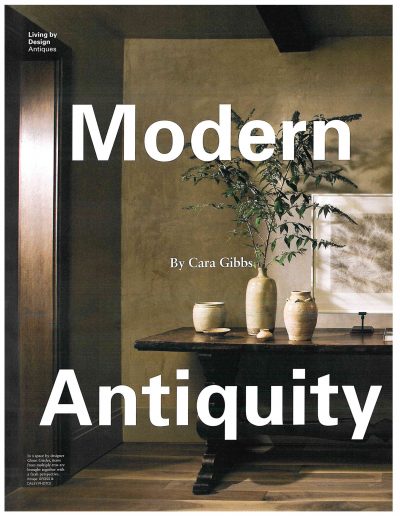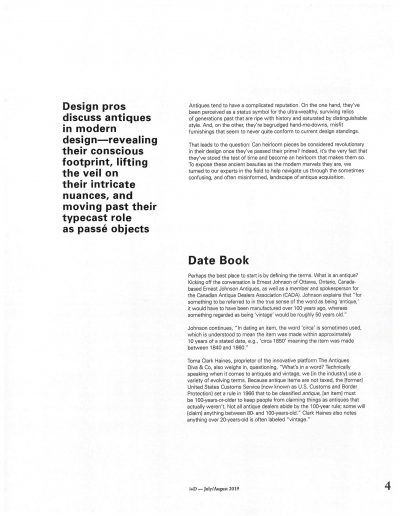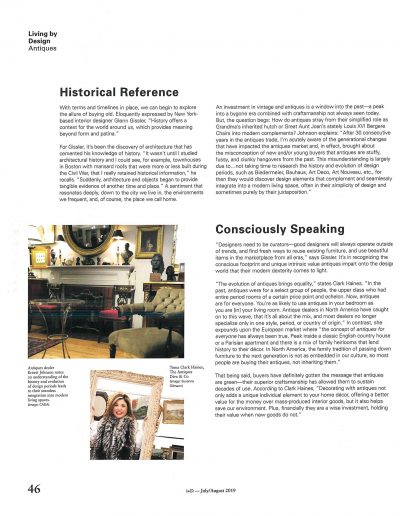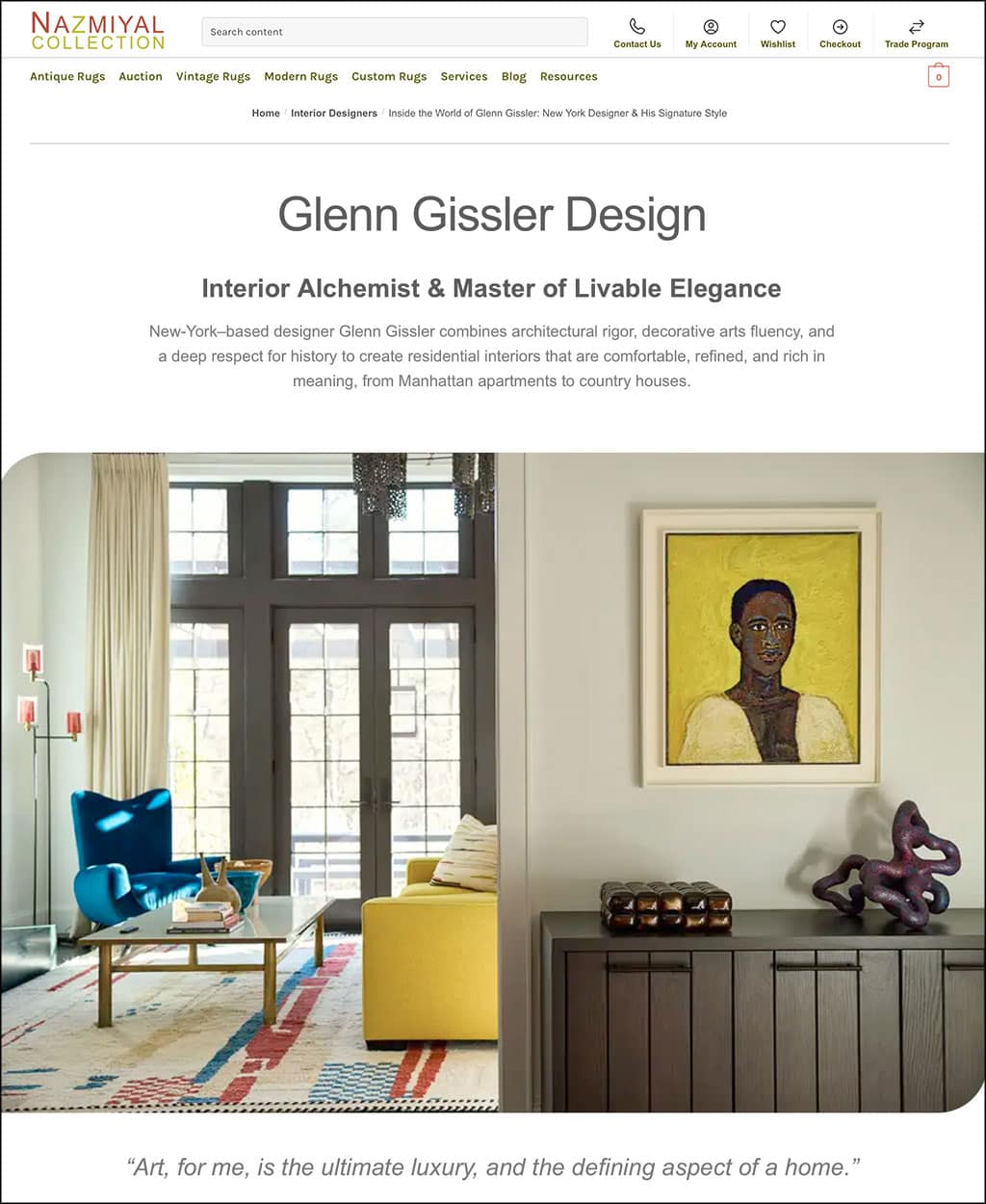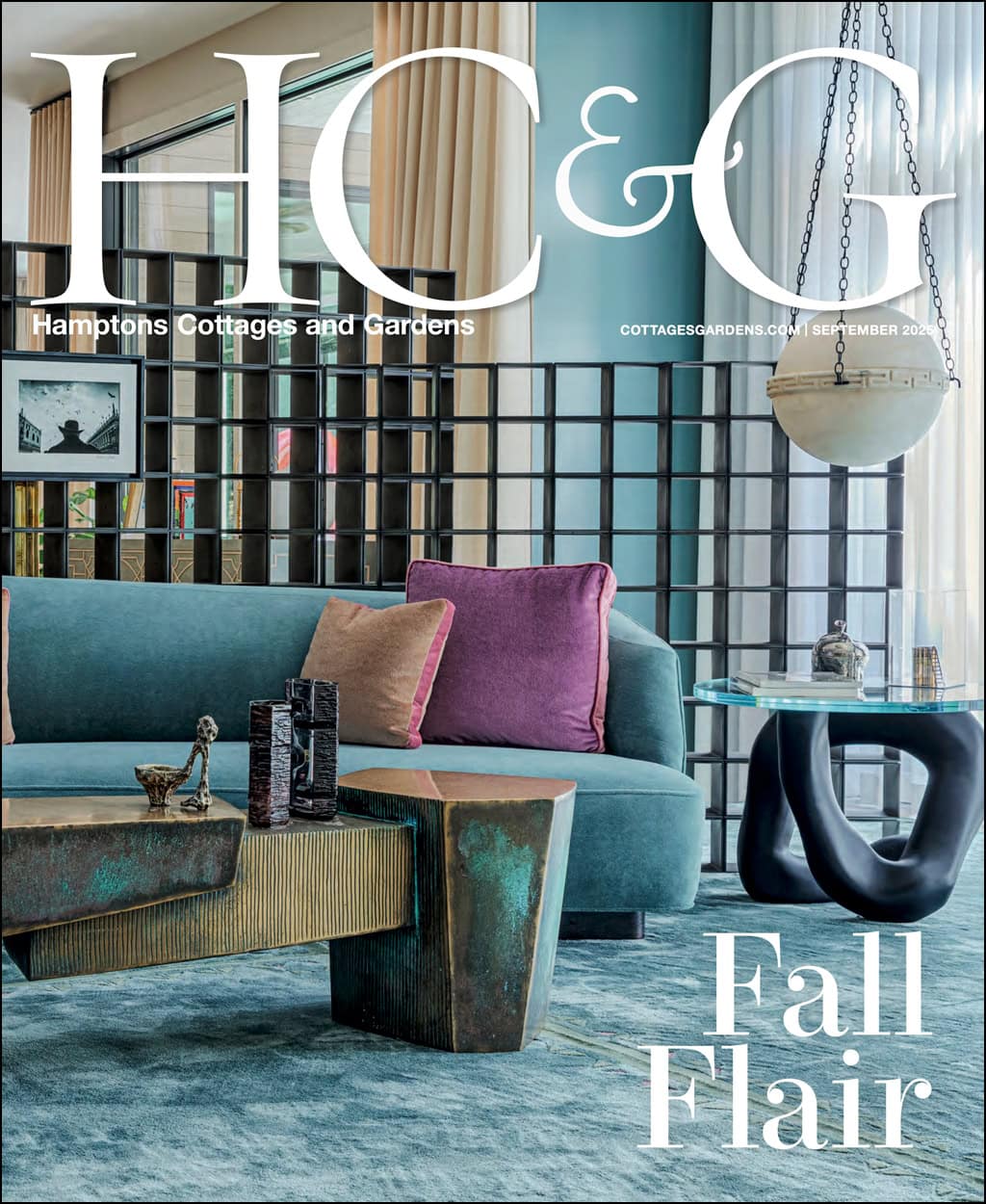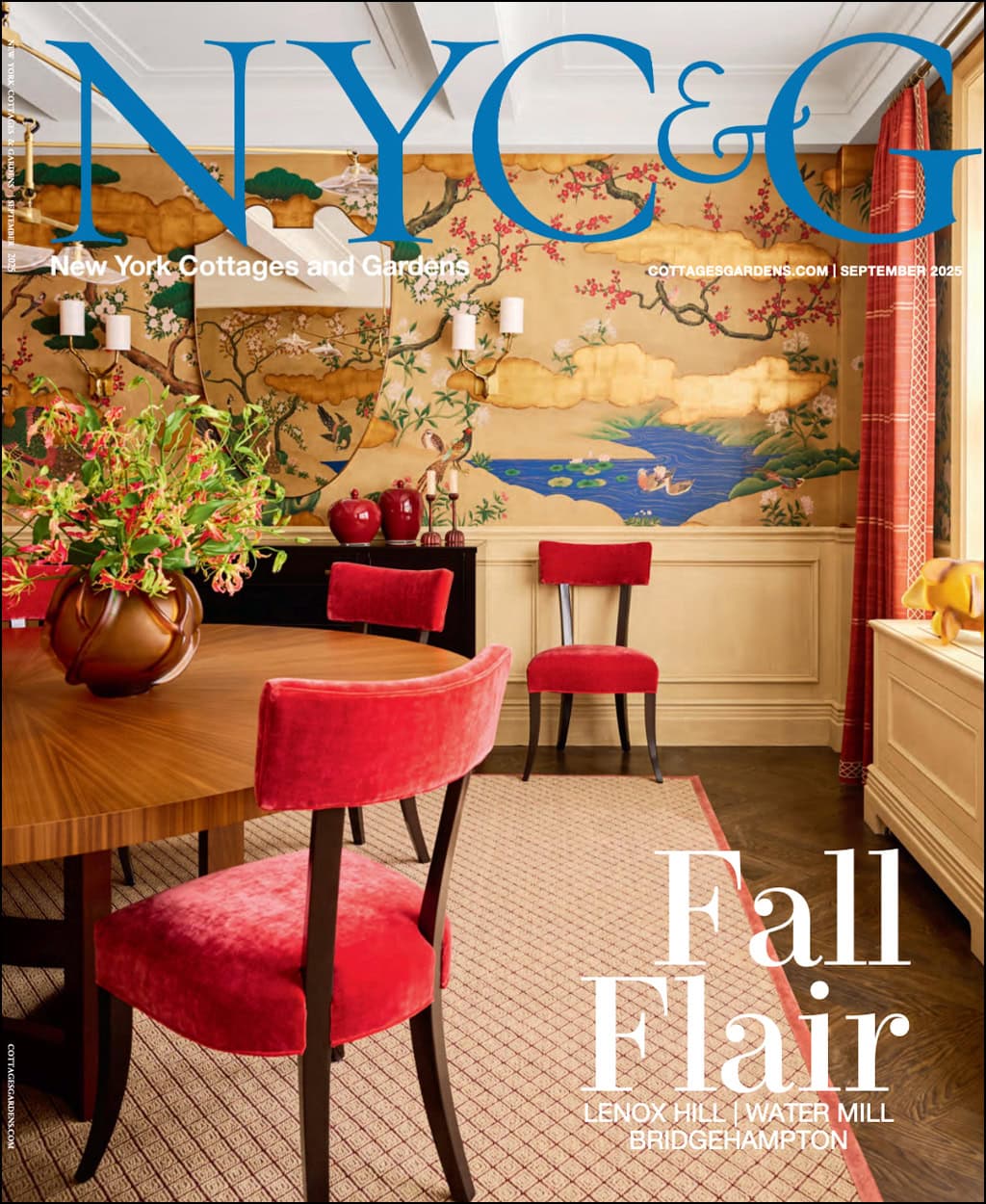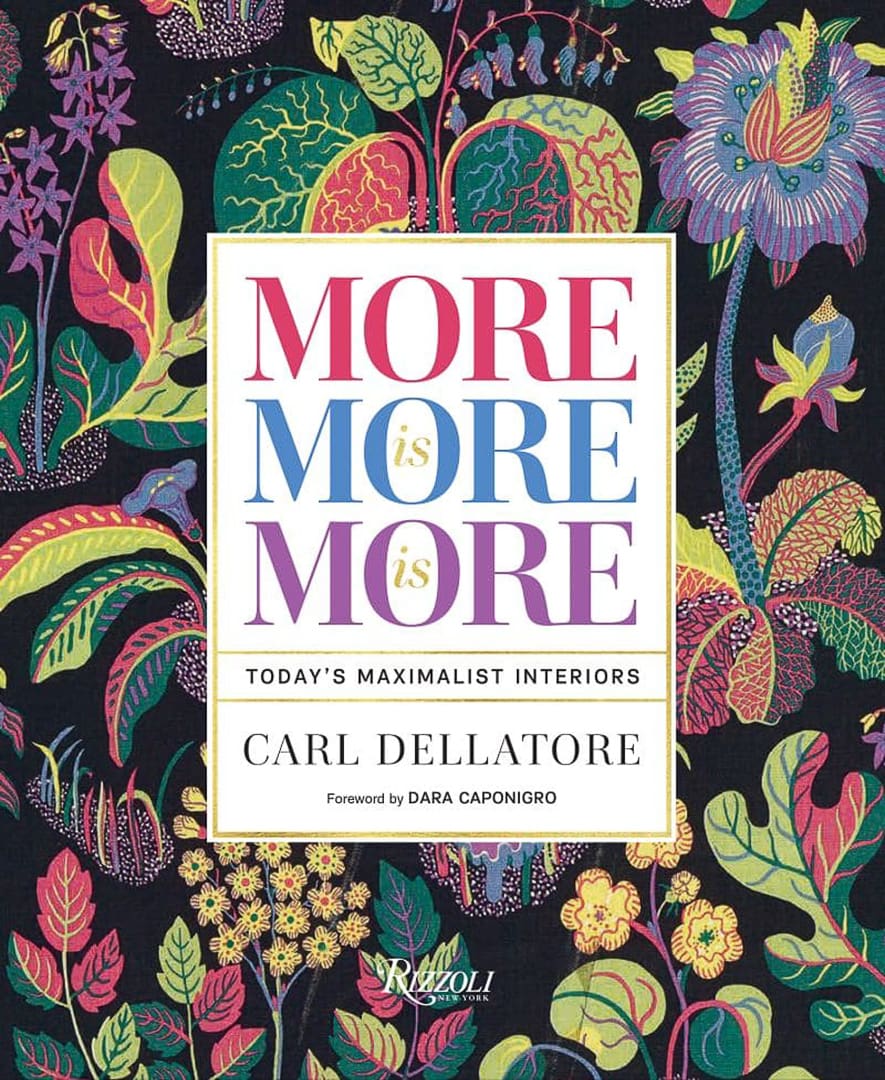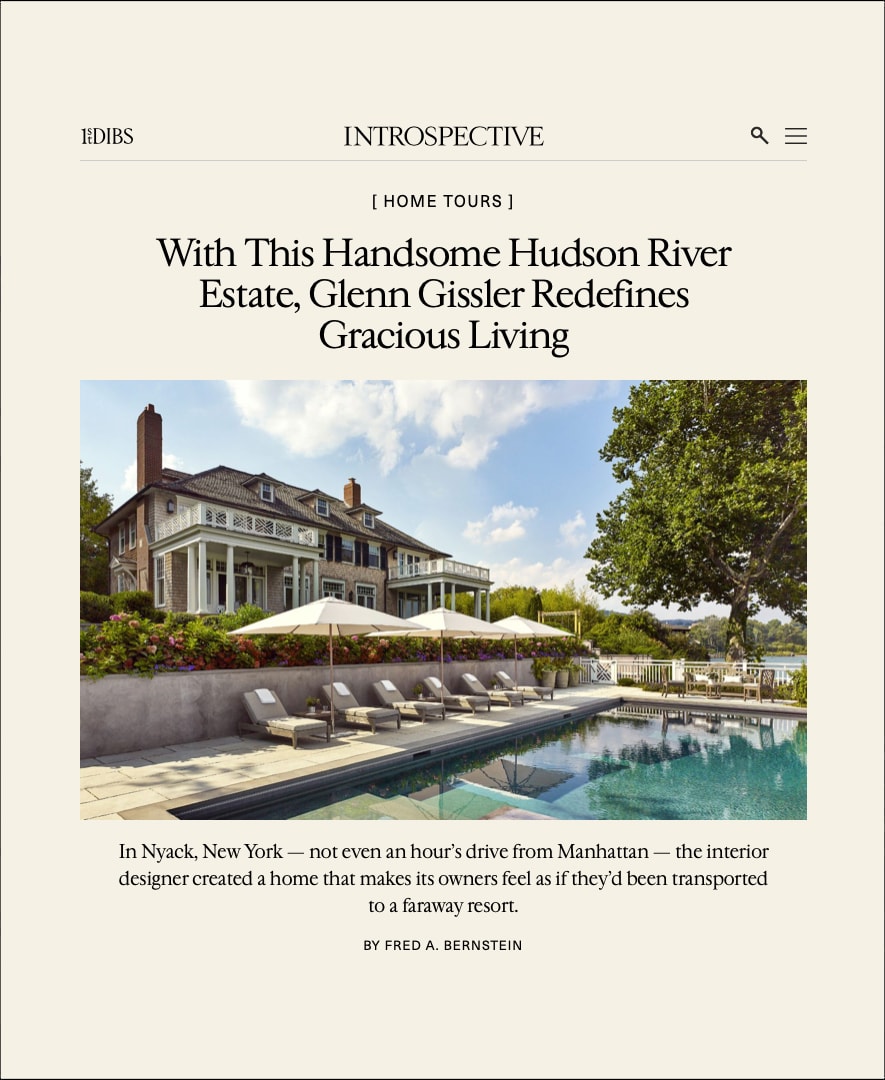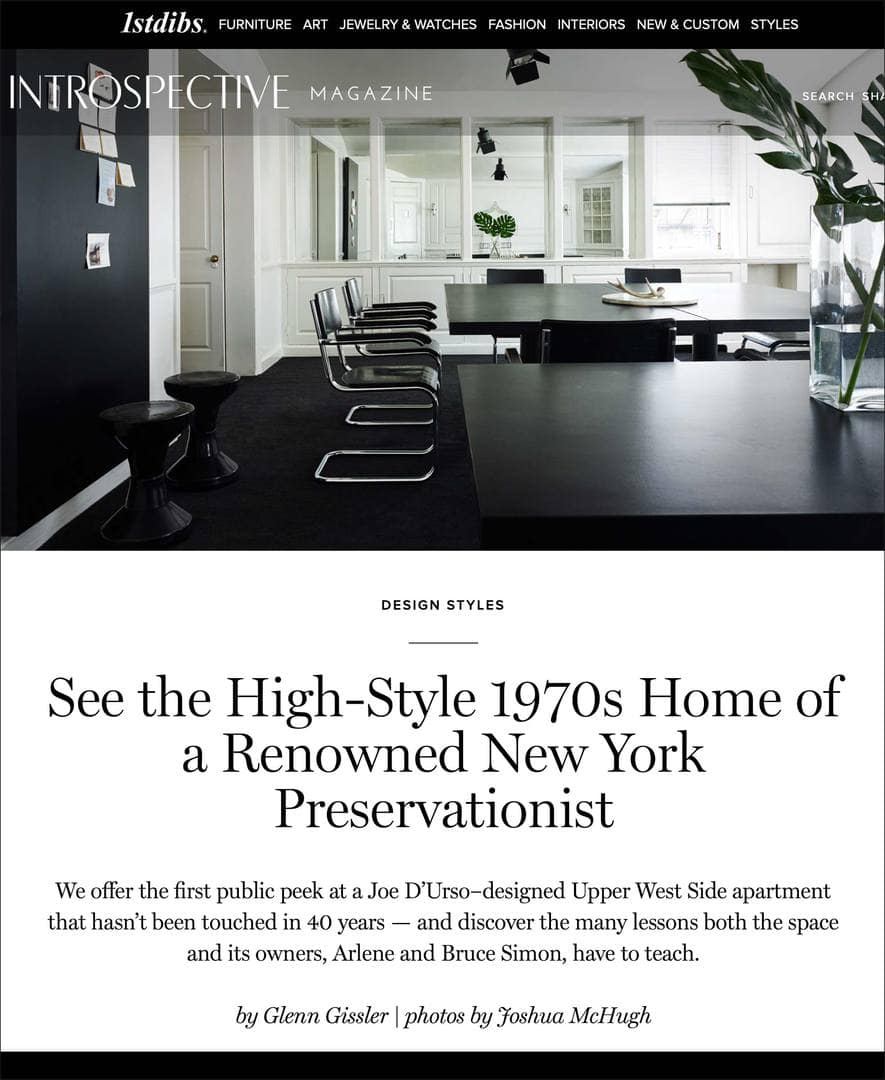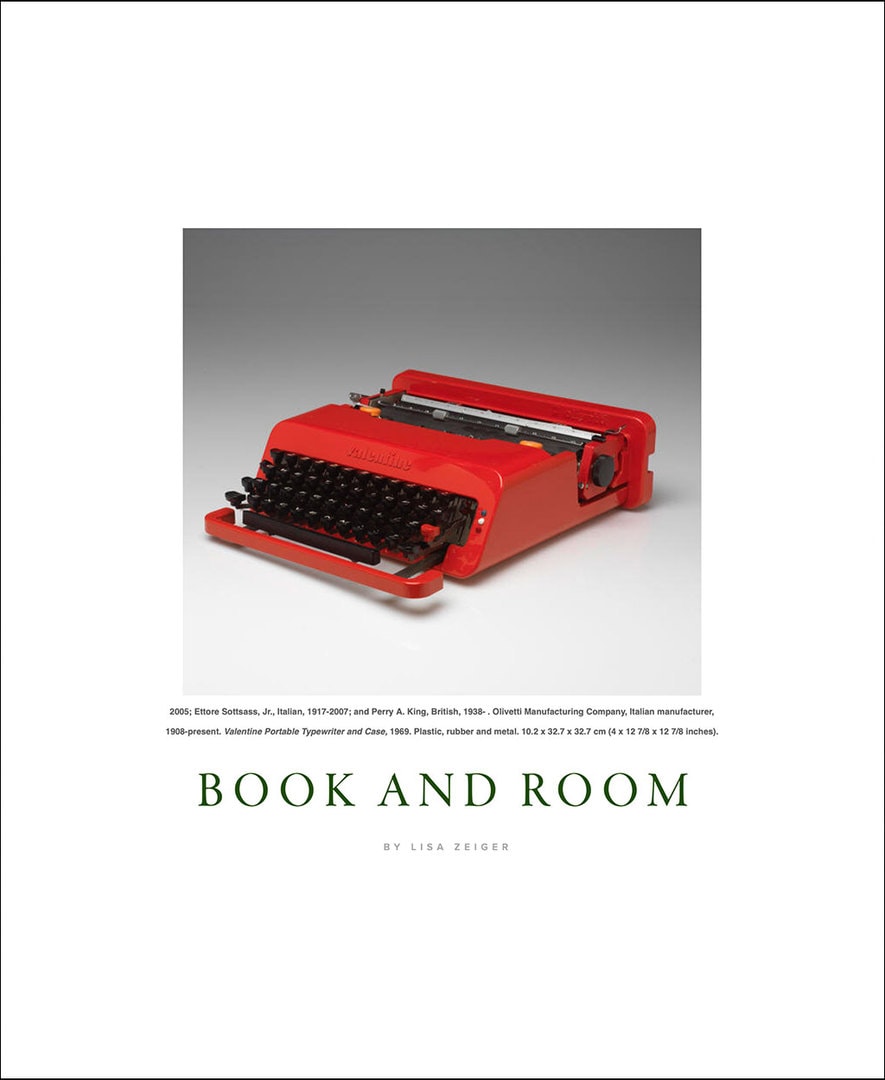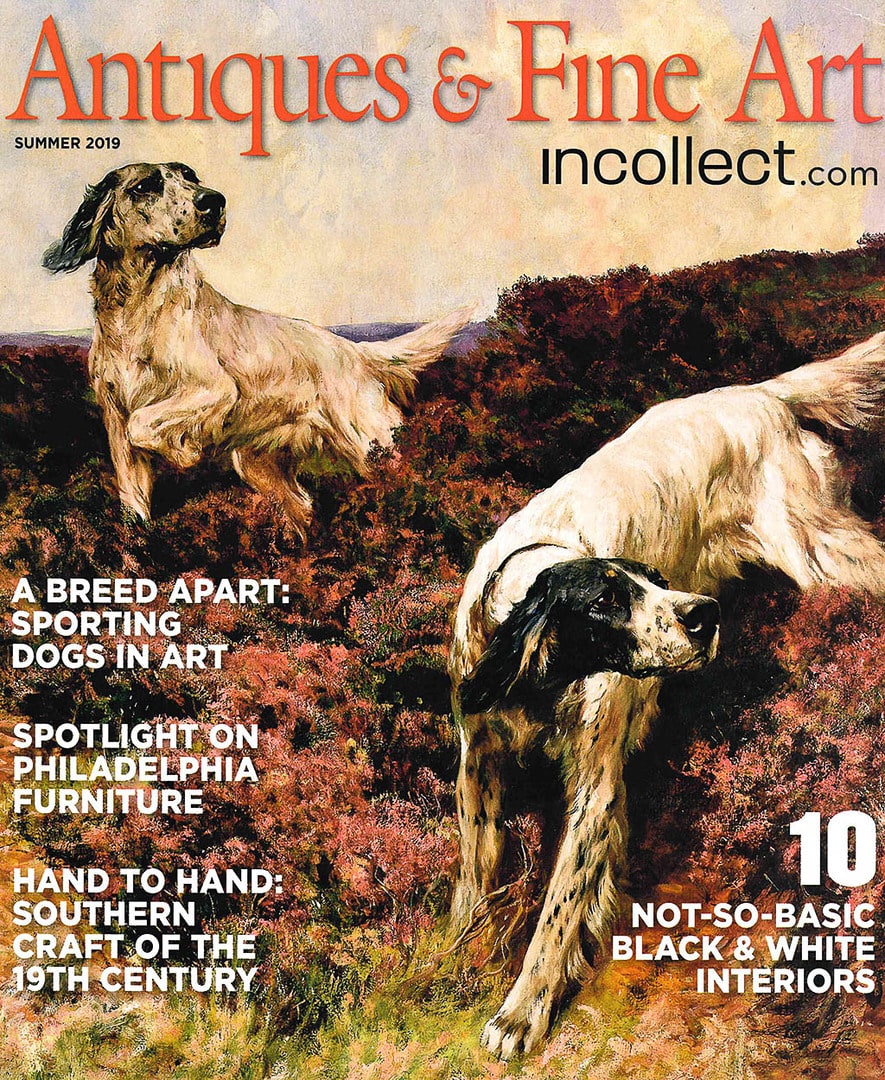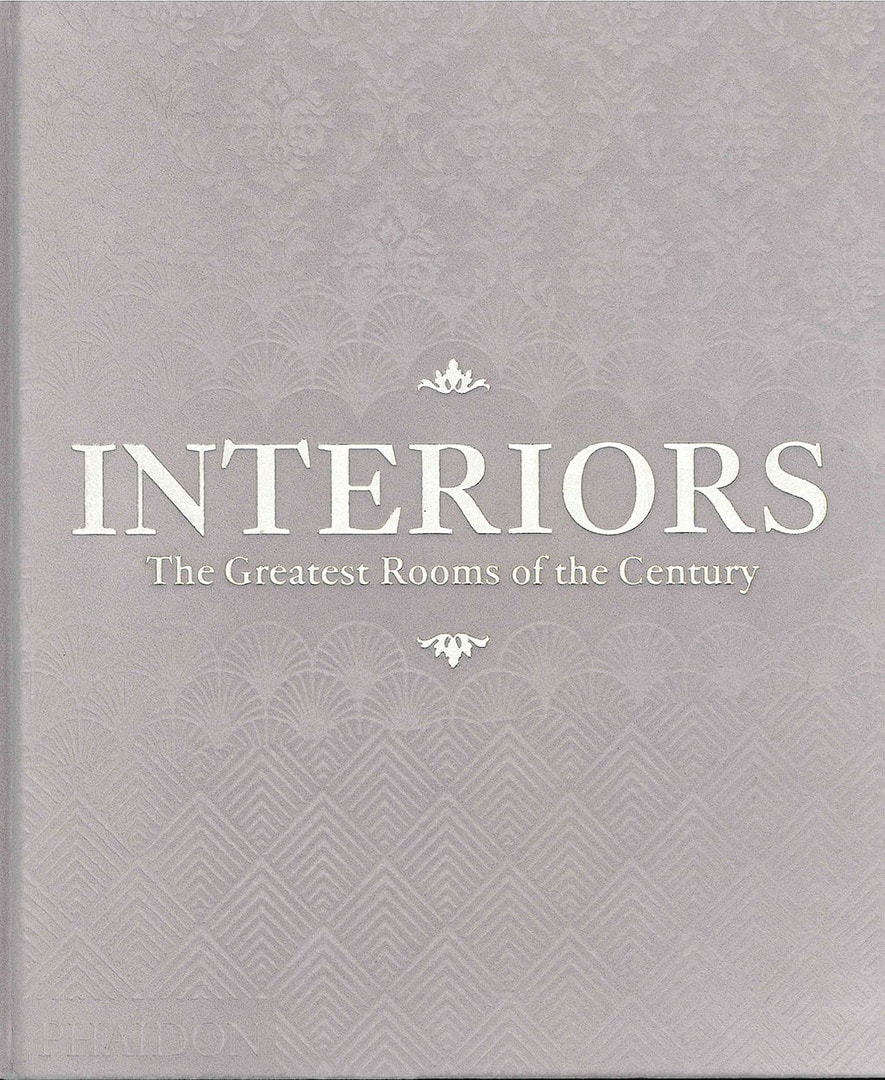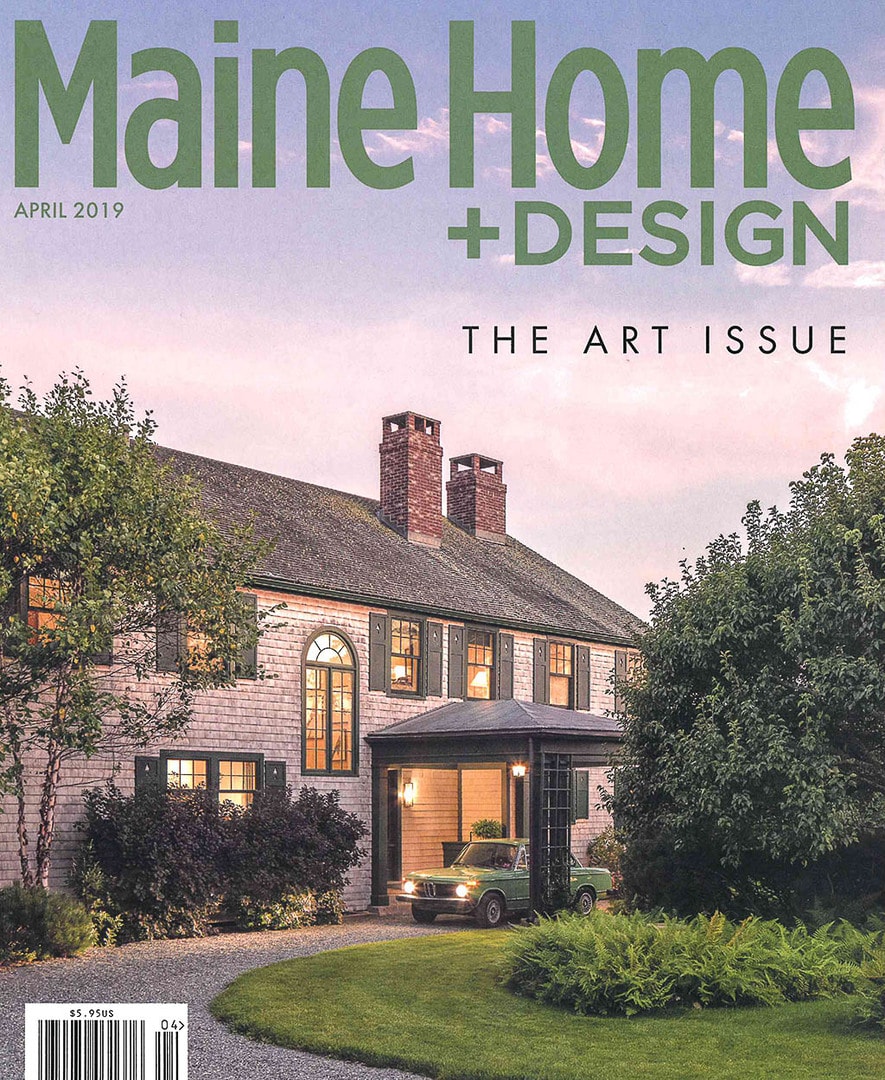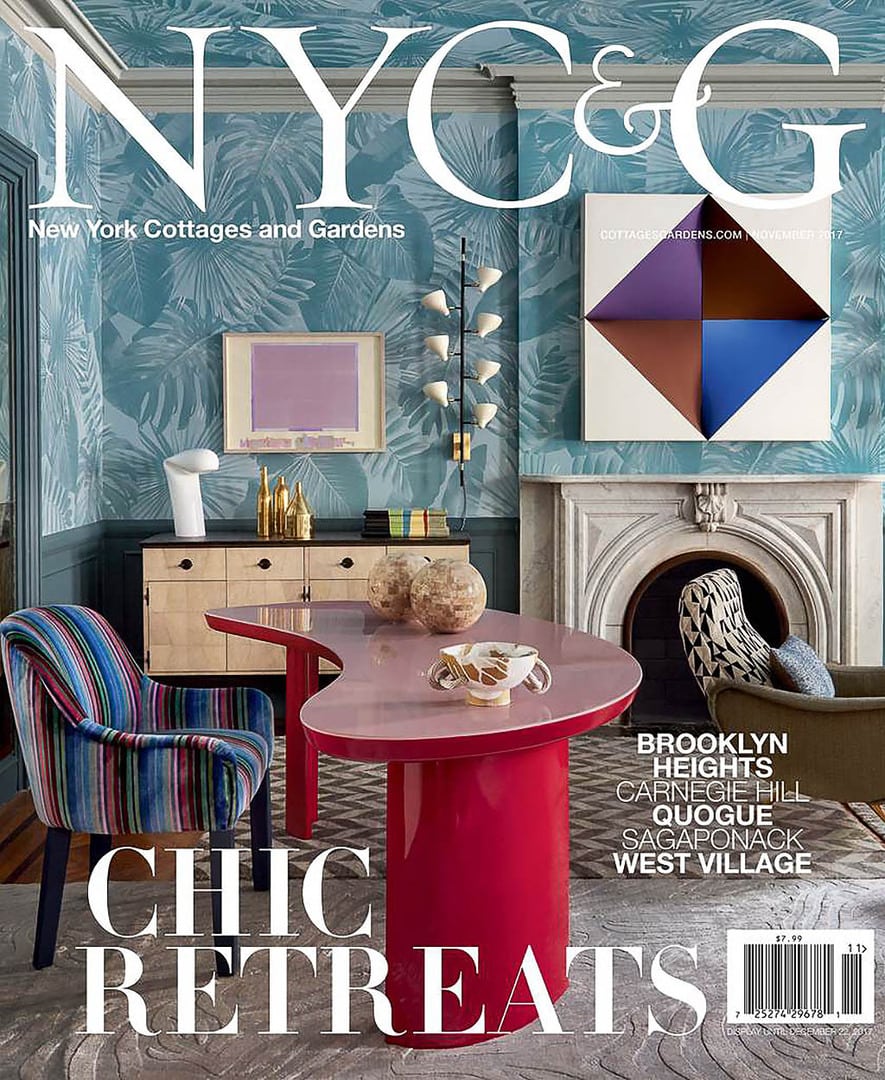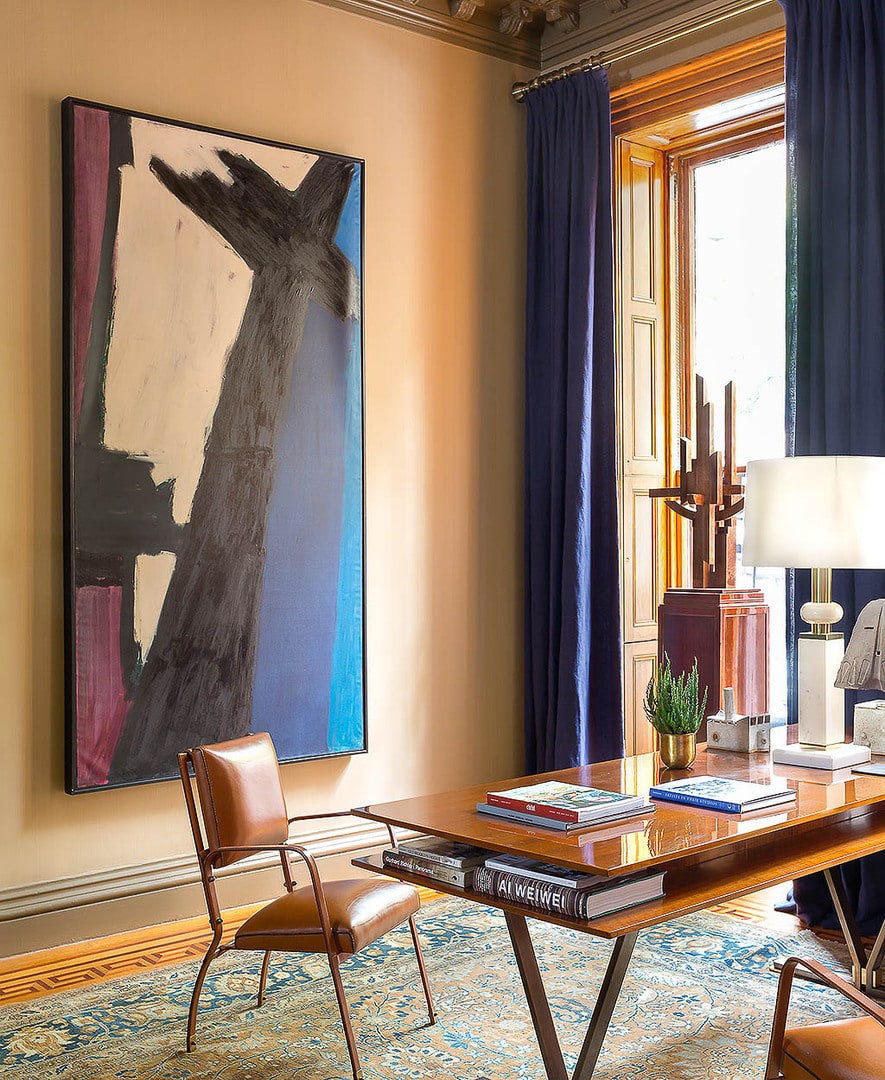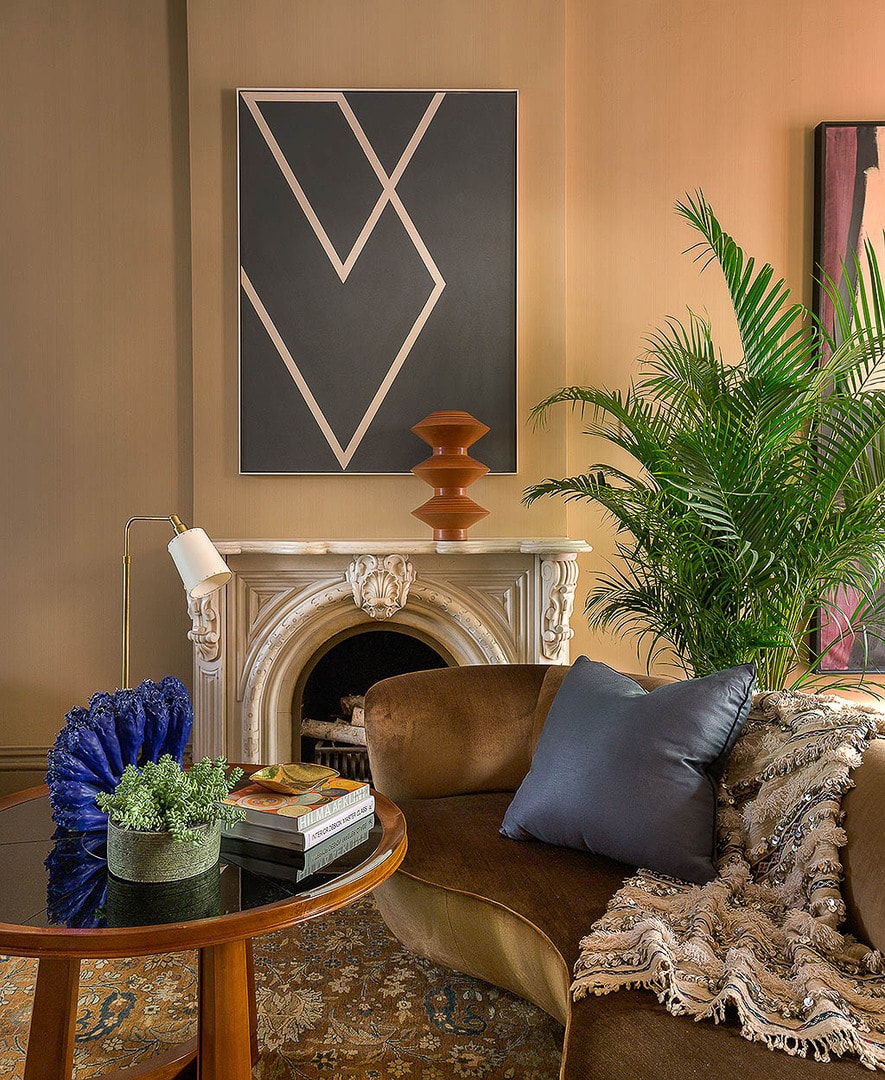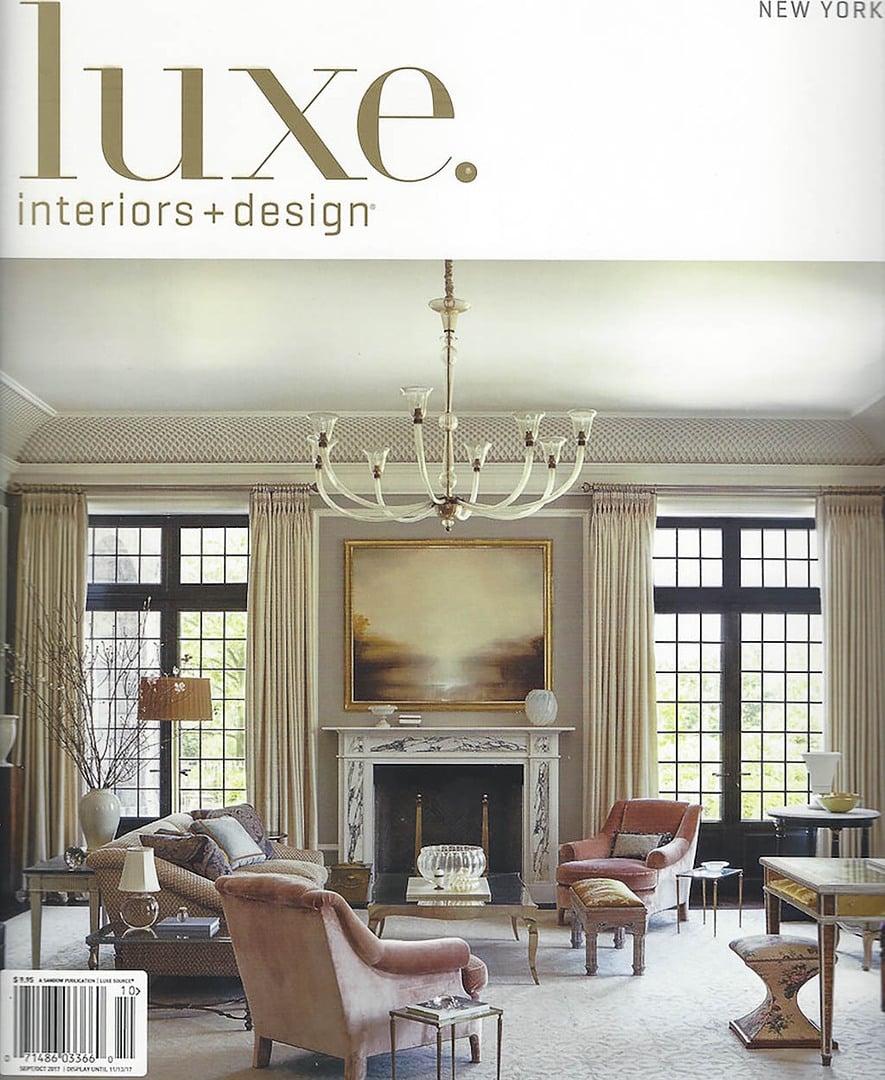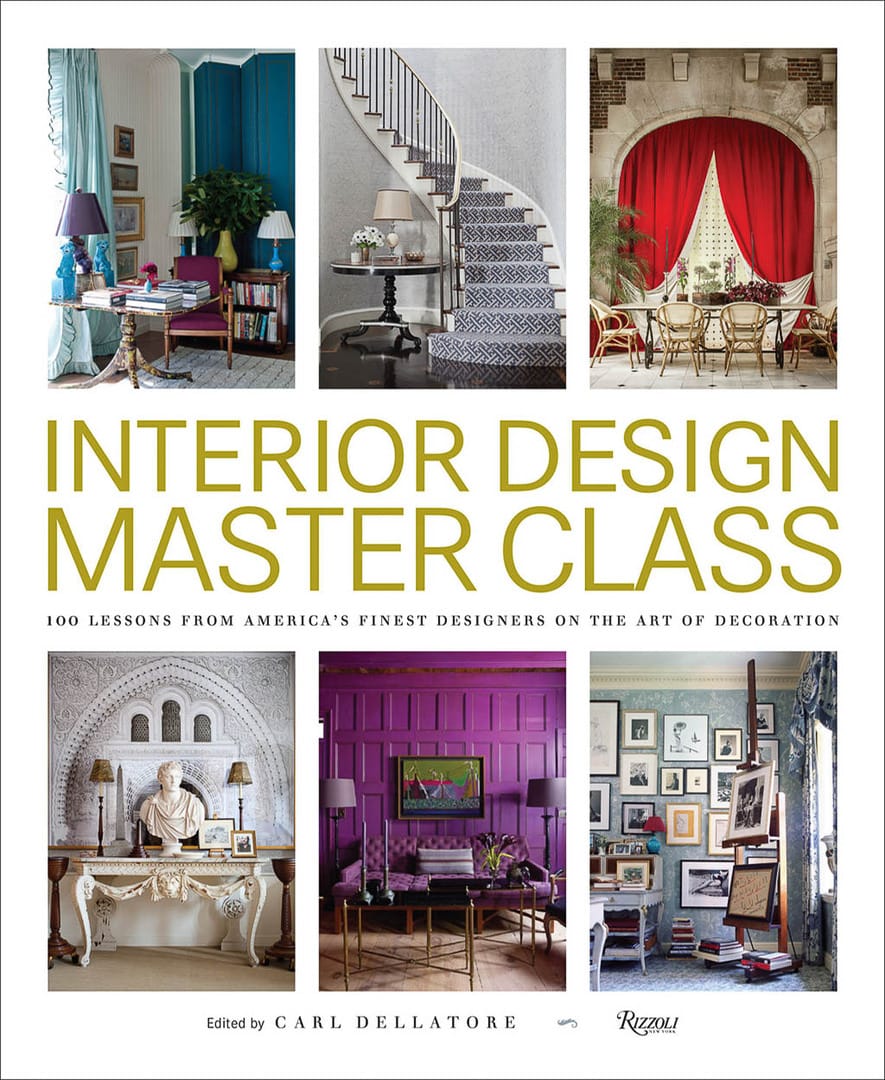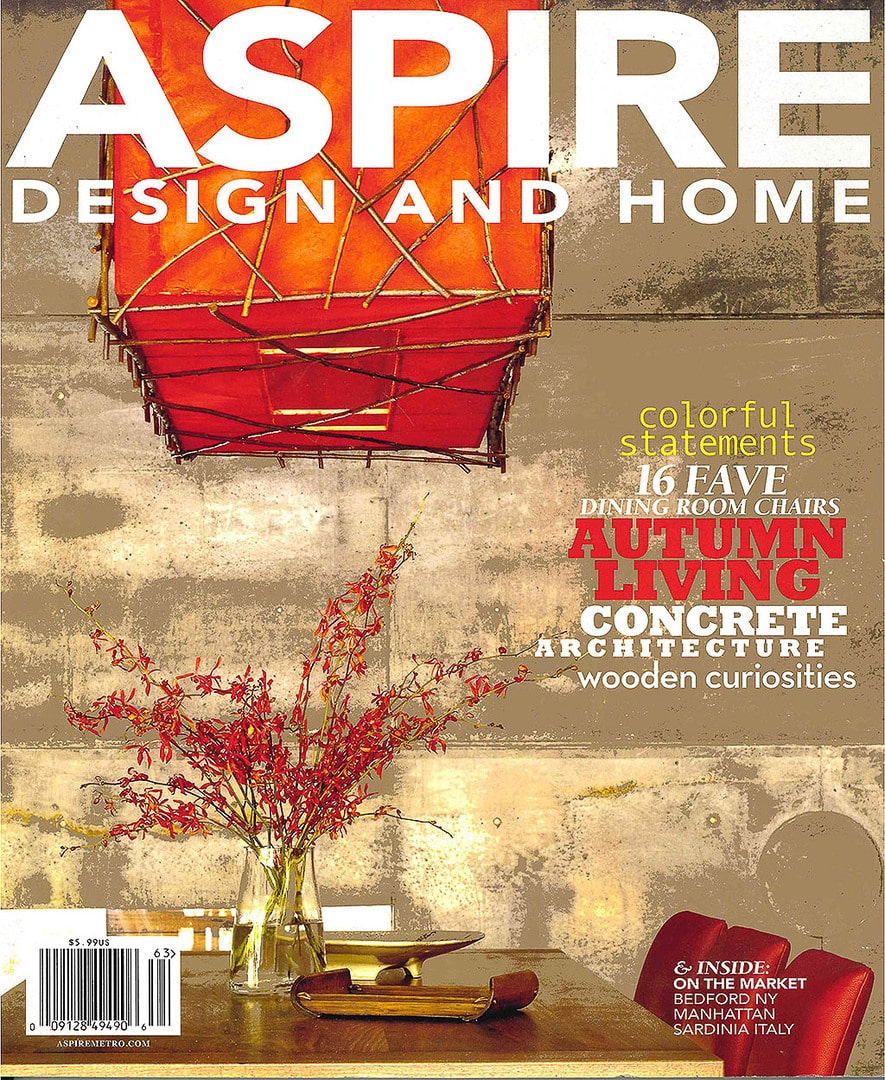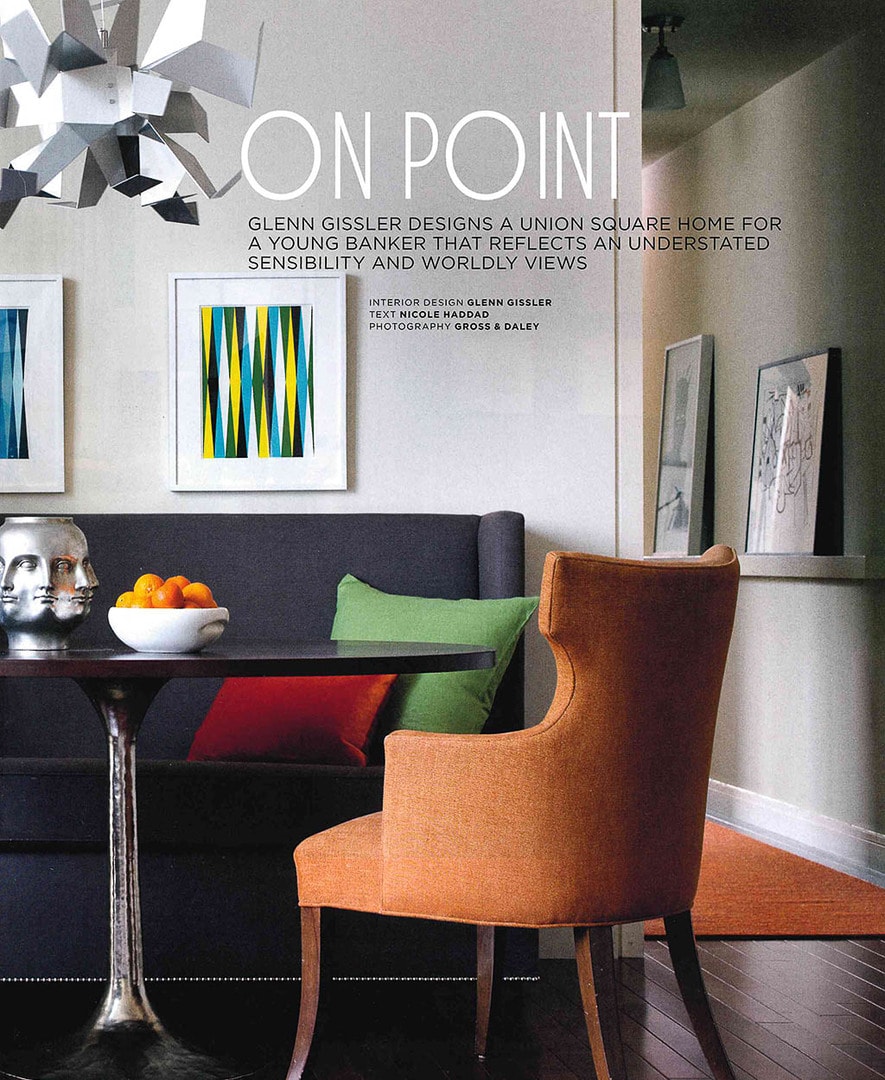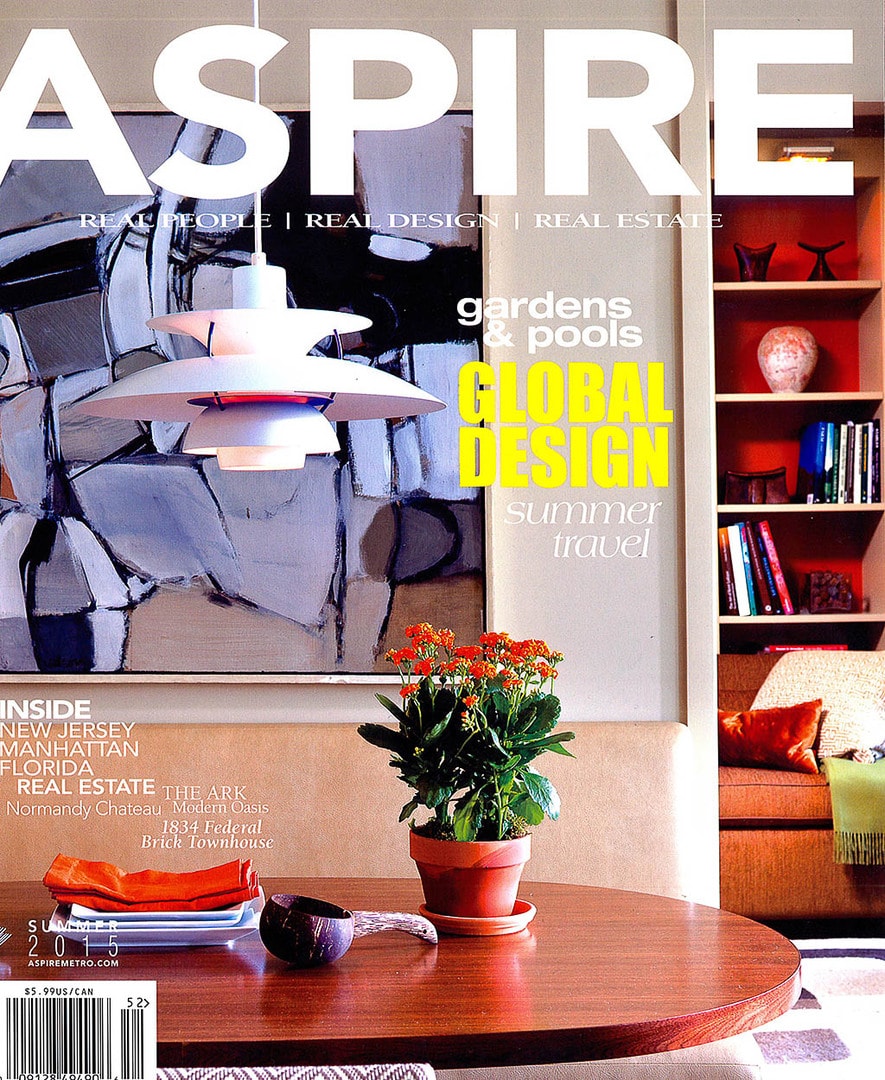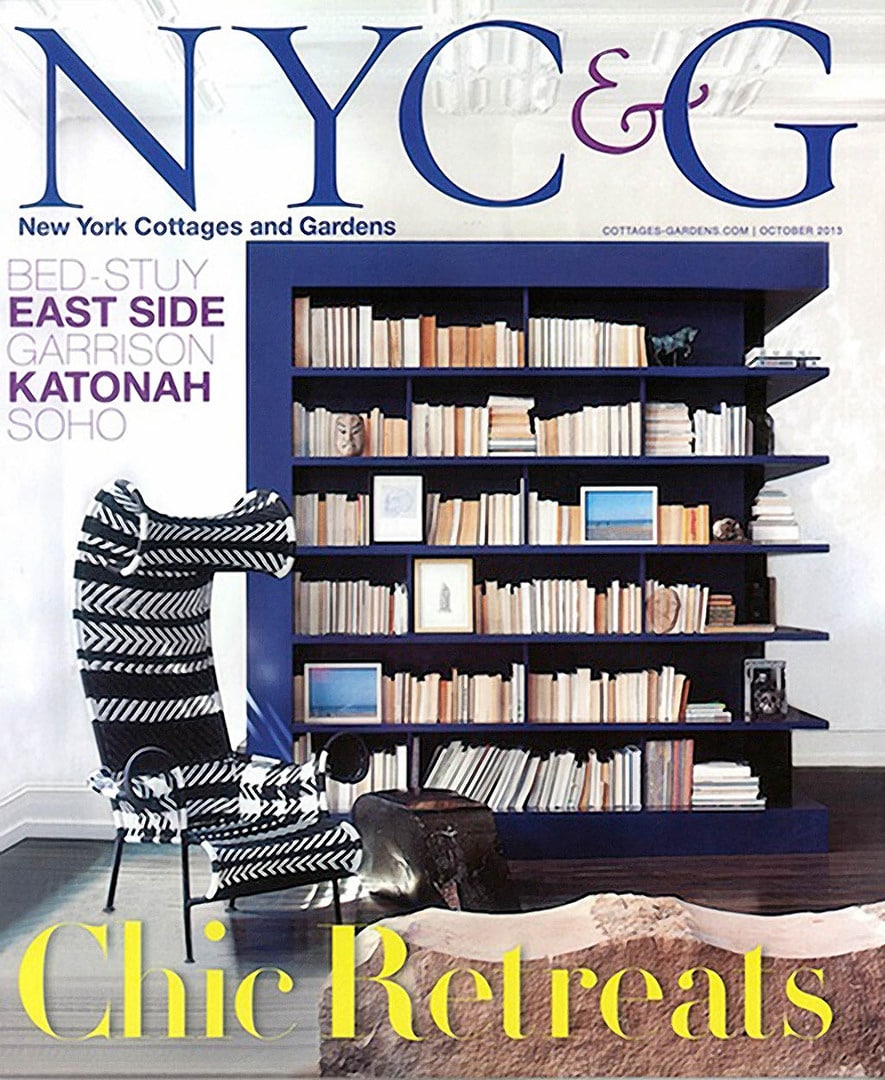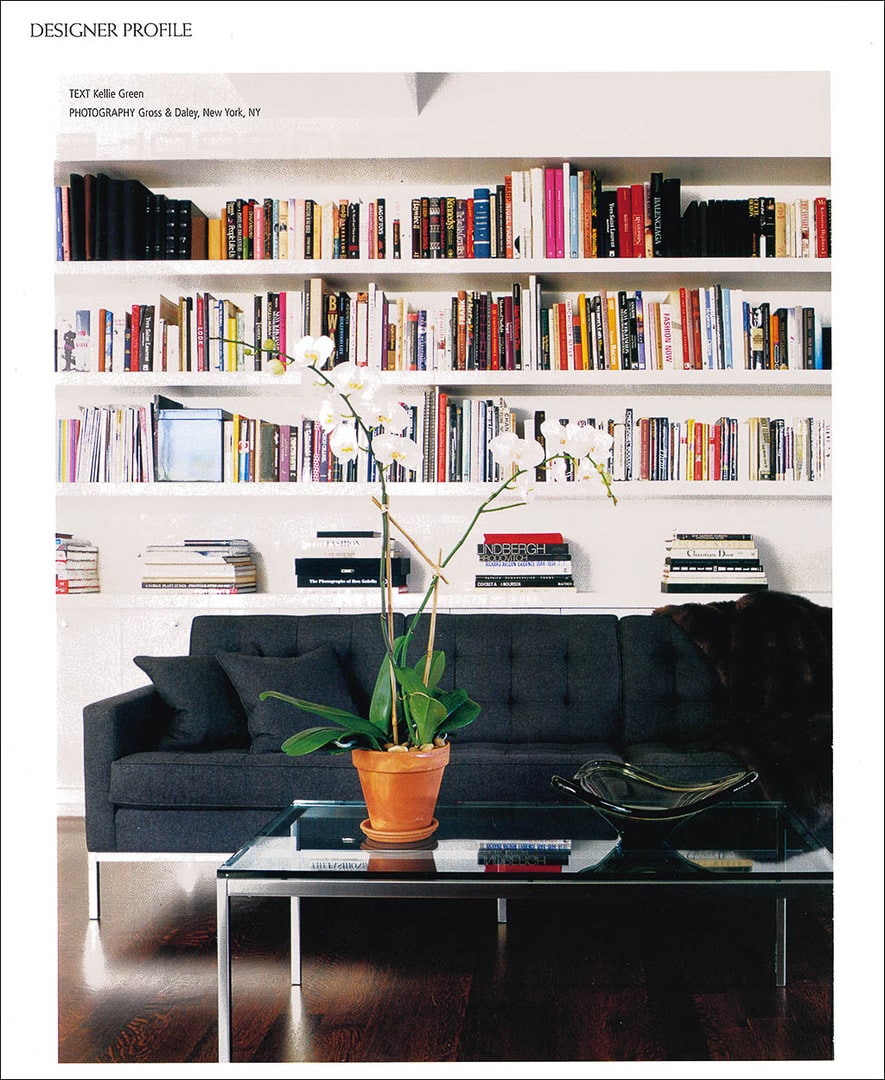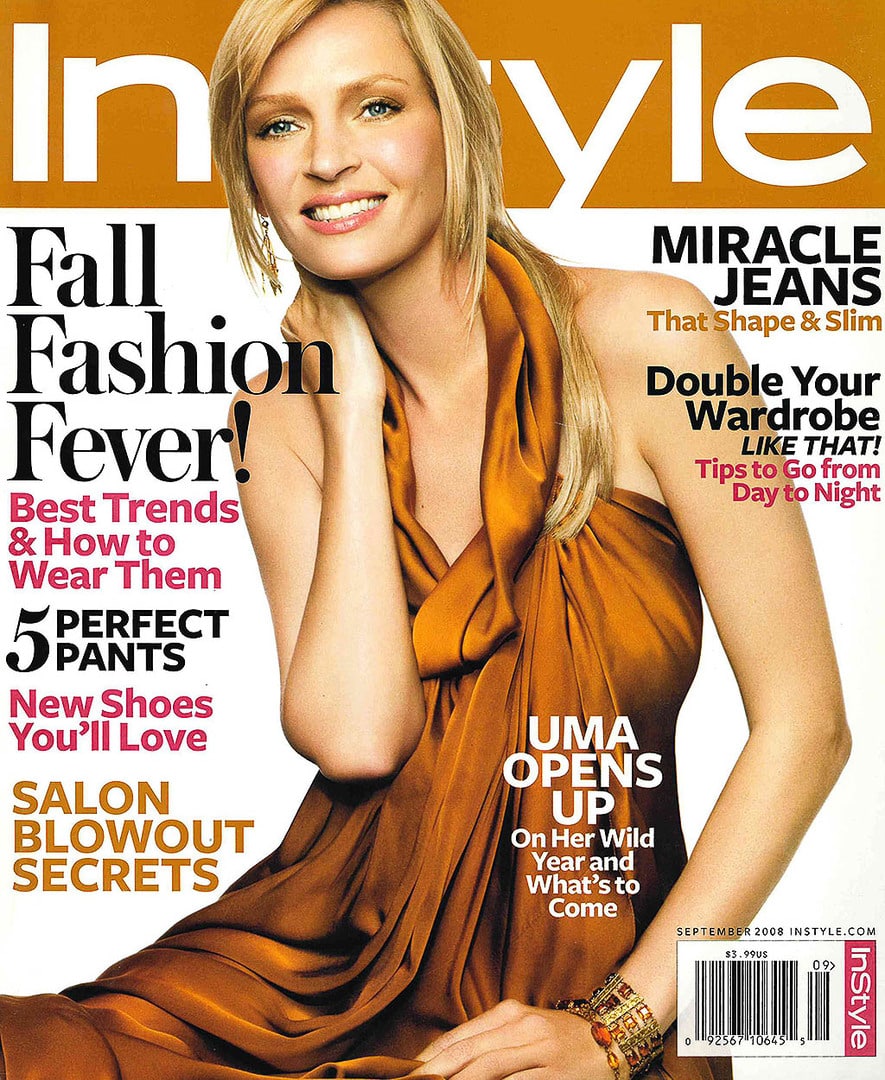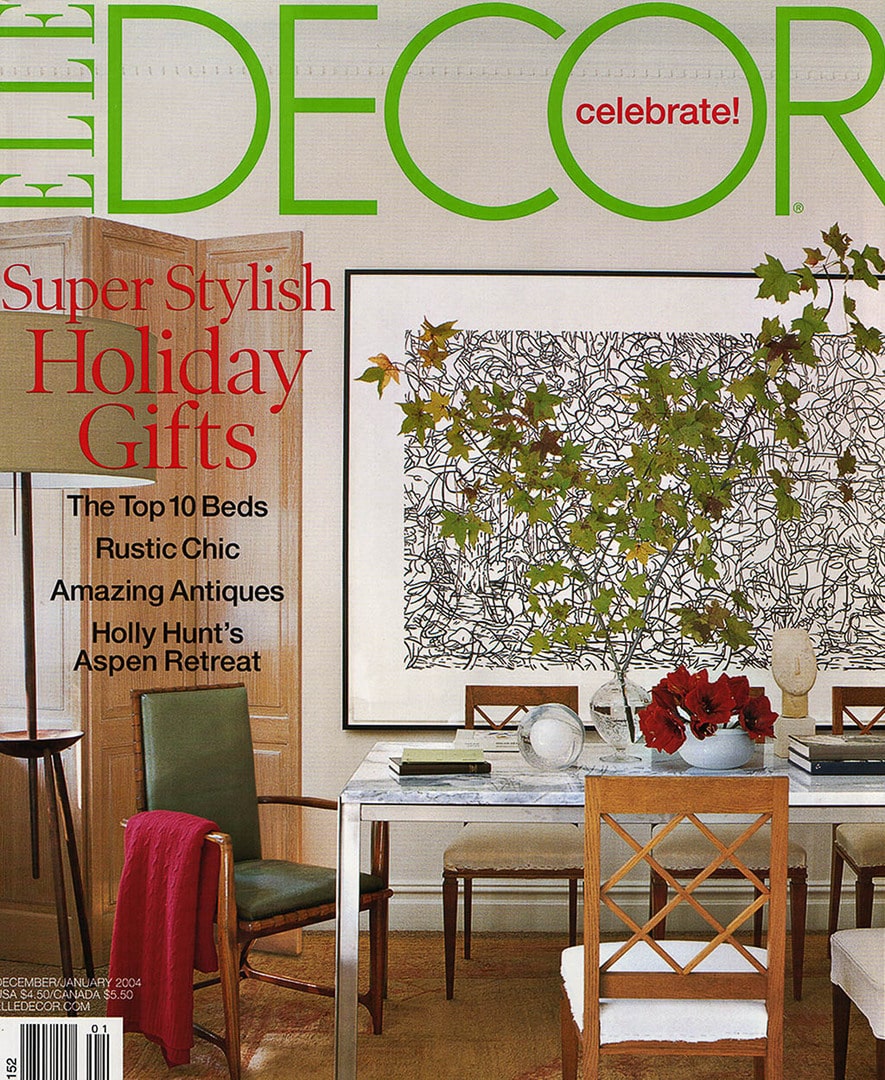I + D
JULY / AUGUST 2019
Antiques tend to have a complicated reputation. On the one hand, they’ve been perceived as a status symbol for the ultra-wealthy, surviving relics
of generations past that are ripe with history and saturated by distinguishable style. And, on the other, they’re begrudged hand-me-downs, misfit furnishings that seem to never quite conform to current design standings.
That leads to the question: Can heirloom pieces be considered revolutionary in their design once they’ve passed their prime? Indeed, it’s the very fact that they’ve stood the test of time and become an heirloom that makes them so. To expose these ancient beauties as the modern marvels they are, we turned to our experts in the field to help navigate us through the sometimes confusing, and often misinformed, landscape of antique acquisition.
Date Book
Perhaps the best place to start is by defining the terms. What is an antique? Kicking off the conversation is Ernest Johnson of Ottawa, Ontario, Canadabased Ernest Johnson Antiques, as well as a member and spokesperson for the Canadian Antique Dealers Association (CADA). Johnson explains that “for something to be referred to in the true sense of the word as being ‘antique,’ it would have to have been manufactured over 100 years ago, whereas something regarded as being ‘vintage’ would be roughly 50 years old.”
Johnson continues, “In dating an item, the word ‘circa’ is sometimes used, which is understood to mean the item was made within approximately 10 years of a stated date, e.g., ‘circa 1850’ meaning the item was made between 1840 and 1860.”
Toma Clark Haines. proprietor of the innovative platform The Antiques Diva & Co, also weighs in, questioning, “What’s in a word? Technically speaking when it comes to antiques and vintage, we [in the industry] use a variety of evolving terms. Because antique items are not taxed, the [former] United States Customs Service [now known as U.S. Customs and Border Protection] set a rule in 1966 that to be classified antique, [an item] must be 100-years-or-older to keep people from claiming things as antiques that actually weren’t. Not all antique dealers abide by the 100-year rule; some will [claim] anything between 80- and 100-years-old.” Clark Haines also notes anything over 20-years-old is often labeled “vintage.”
Historical Reference
With terms and timelines in place, we can begin to explore the allure of buying old. Eloquently expressed by New York-based interior designer Glenn Gissler, “History offers a context for the world around us, which provides meaning beyond form and patina.”
For Gissler, it’s been the discovery of architecture that has cemented his knowledge of history. “It wasn’t until I studied architectural history and I could see, for example, townhouses in Boston with mansard roofs that were more or less built during the Civil War, that I really retained historical information,” he recalls. “Suddenly, architecture and objects began to provide tangible evidence of another time and place.” A sentiment that resonates deeply, down to the city we live in, the environments we frequent, and, of course, the place we call home.
An investment in vintage and antiques is a window into the past-a peak into a bygone era combined with craftsmanship not always seen today. But, the question begs: How do antiques stray from their simplified role as Grandma’s inherited hutch or Great Aunt Joan’s stately Louis XVI Bergere Chairs into modern complements? Johnson explains: “After 30 consecutive years in the antiques trade, I’m acutely aware of the generational changes that have impacted the antiques market and, in effect, brought about
the misconception of new and/or young buyers that antiques are stuffy, fussy, and clunky hangovers from the past. This misunderstanding is largely due to … not taking time to research the history and evolution of design periods, such as Biedermeier, Bauhaus, Art Deco, Art Nouveau, etc., for then they would discover design elements that complement and seamlessly integrate into a modern living space, often in their simplicity of design and sometimes purely by their juxtaposition.”
Consciously Speaking
“Designers need to be curators-good designers will always operate outside of trends, and find fresh ways to reuse existing furniture, and use beautiful items in the marketplace from all eras,” says Gissler. It’s in recognizing the conscious footprint and unique intrinsic value antiques impart onto the desigr world that their modern dexterity comes to light.
“The evolution of antiques brings equality,” states Clark Haines. “In the past, antiques were for a select group of people, the upper class who had entire period rooms of a certain price point and echelon. Now, antiques are for everyone. You’re as likely to use antiques in your bedroom as you are [in) your living room. Antique dealers in North America have caught on to this wave, that it’s all about the mix, and most dealers no longer specialize only in one style, period, or country of origin.” In contrast, she expounds upon the European market where “the concept of antiques for everyone has always been true. Peek inside a classic English country house or a Parisian apartment and there is a mix of family heirlooms that lend history to their decor. In North America, the family tradition of passing down furniture to the next generation is not as embedded in our culture, so most people are buying their antiques, not inheriting them.”
That being said, buyers have definitely gotten the message that antiques are green-their superior craftsmanship has allowed them to sustain decades of use. According to Clark Haines, “Decorating with antiques not only adds a unique individual element to your home decor, offering a better value for the money over mass-produced interior goods, but it also helps save our environment. Plus, financially they are a wise investment, holding their value when new goods do not.”
Gissler continues shedding a light on the acquisition aspect of antique buying. “I have found that antique and/or vintage furniture dealers can be amazing resources for historical knowledge, which can be reflected in incredible inventory. They are relentlessly curious seekers of special items and love to give new life to items that may have been forgotten,” he says. Johnson also illuminates the influence of the design industry on antiques, noting, “The interior design and architect community are important components in the sense they nurture and facilitate their clients’ desire to acquire contemporary and antique elements, as well as create compelling living spaces tailored to today’s lifestyles.”
Truly the first form of reusable design, antiques have long made modern strides, despite appearing contradictory to their very essence. Because of their provenance and typically long stretch of time since conception, antiques are seldom seen as modern, but, conversely, they have proven to hold their own through the ebbs and flows of the interiors world. “I don’t think enough is made note of the ‘green’ element regarding antiques,” states Johnson. “When cultivating interest within young or new collectors and buyers, dealers need to reinforce the fact that purchasing antiques is the original form of recycling and repurposing. For example, the mandate for CADA is stated on our homepage as ‘Preserving, Promoting & Selling Fine Antiques … ,’ with an emphasis on Preserving.”
Gissler notes while the green aspect of buying pre-owned furniture is obvious, it’s not typically the pitch he makes to clients about antiques or vintage items. “Rather,” the designer says, “I compare the cost and value of new showroom items versus what we can find in the pre-owned marketplace and there
is often no comparison. While the hunt may be more challenging, the results are often much better!” Clark Haines sums it up with a simple truth: “When you invest in the past, you’re investing in a sustainable future.”


